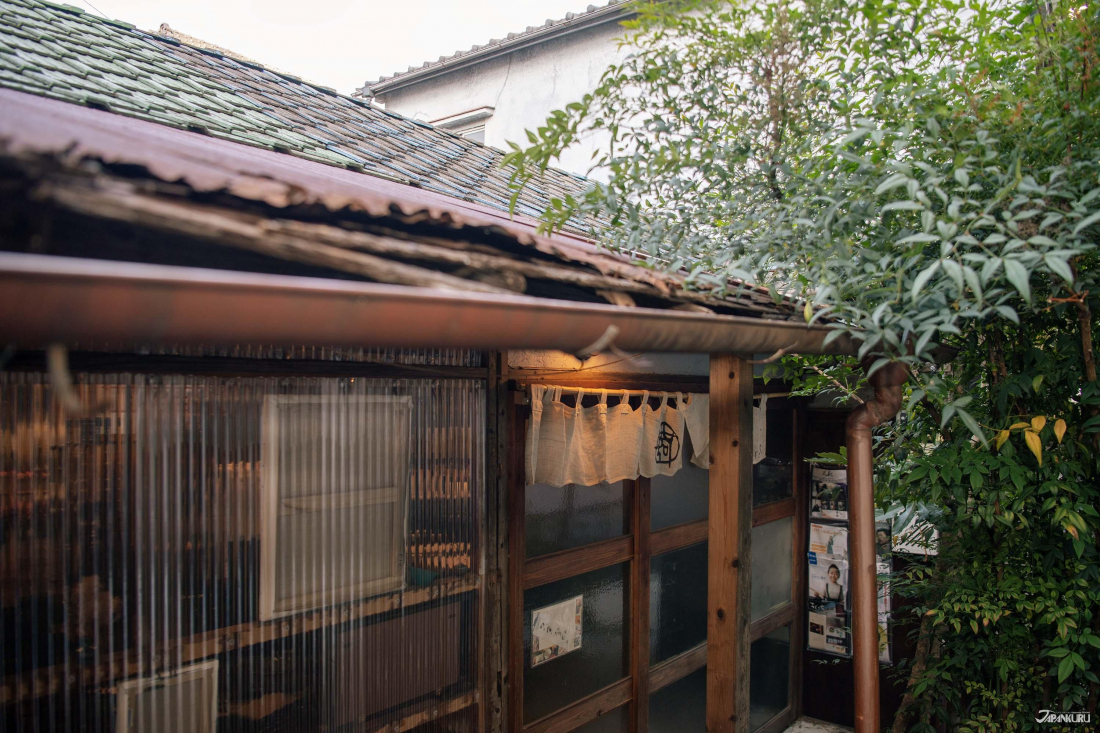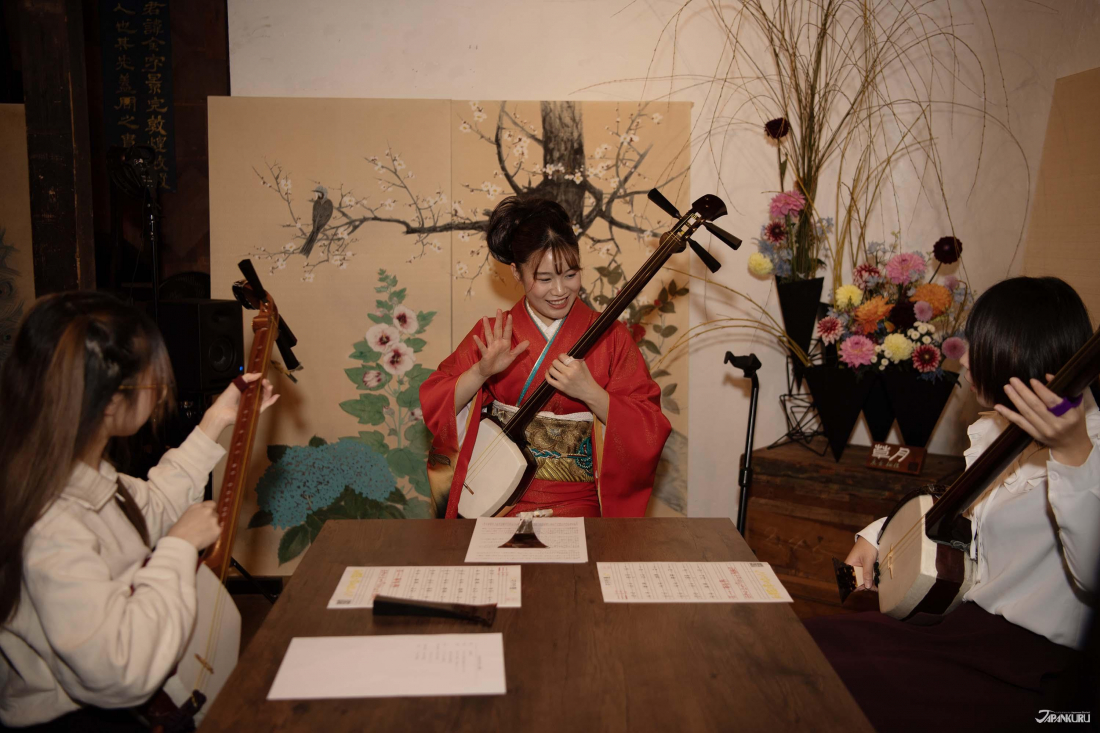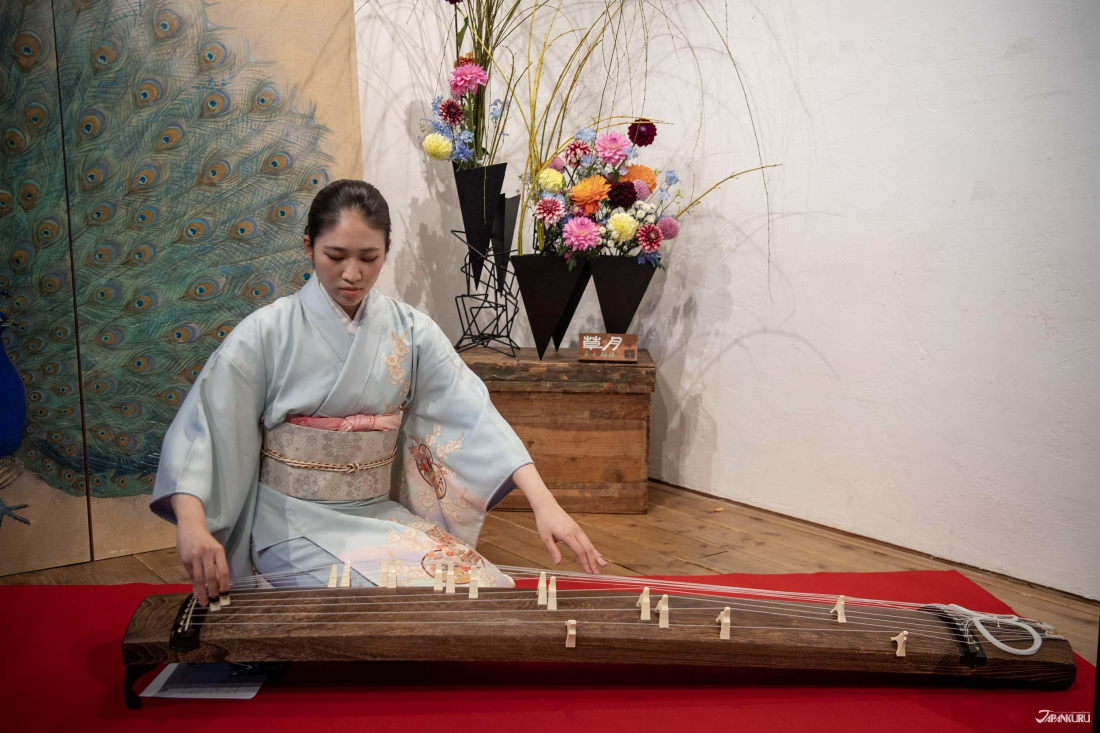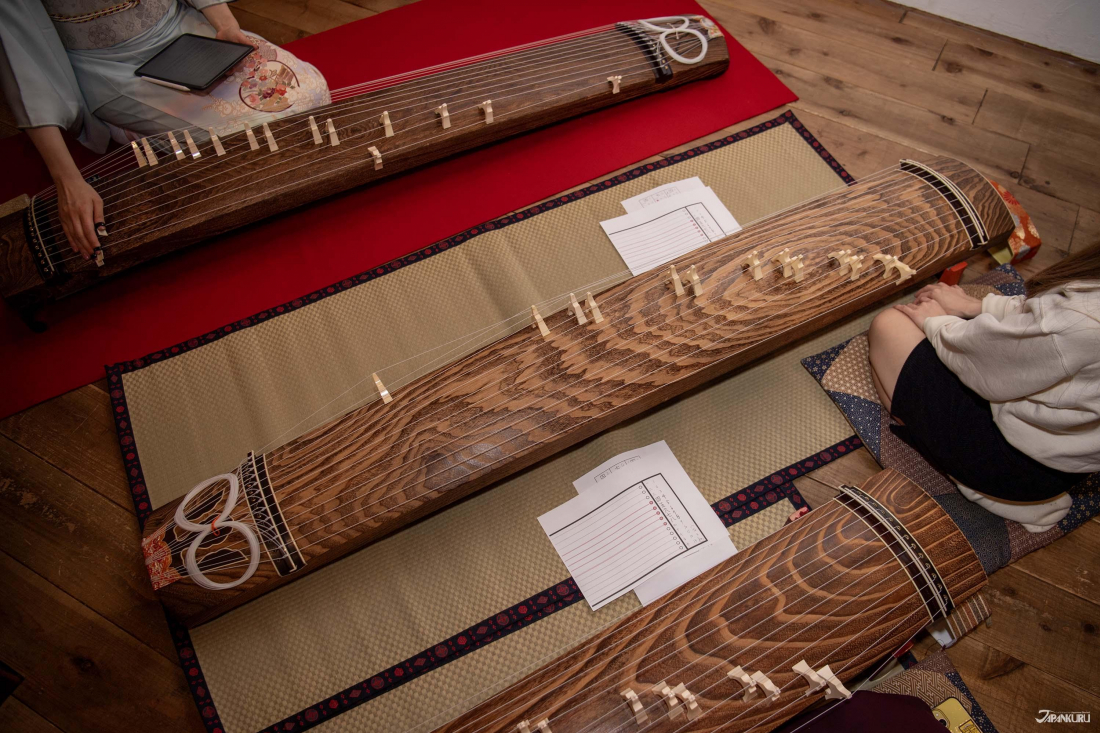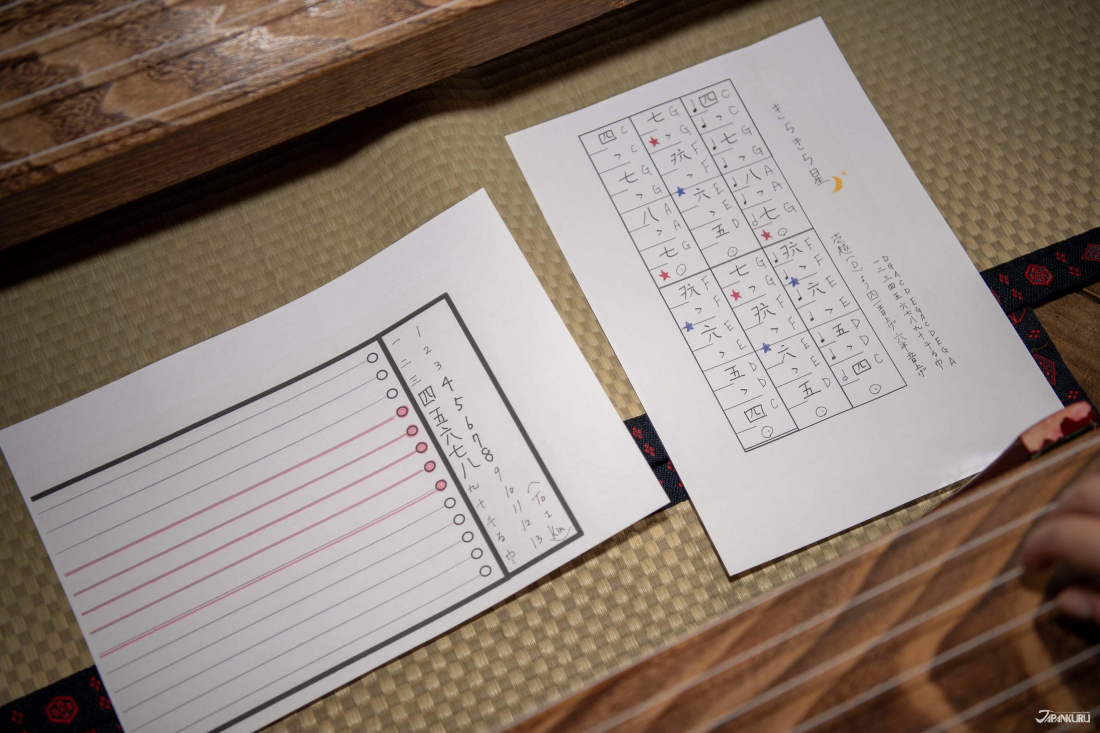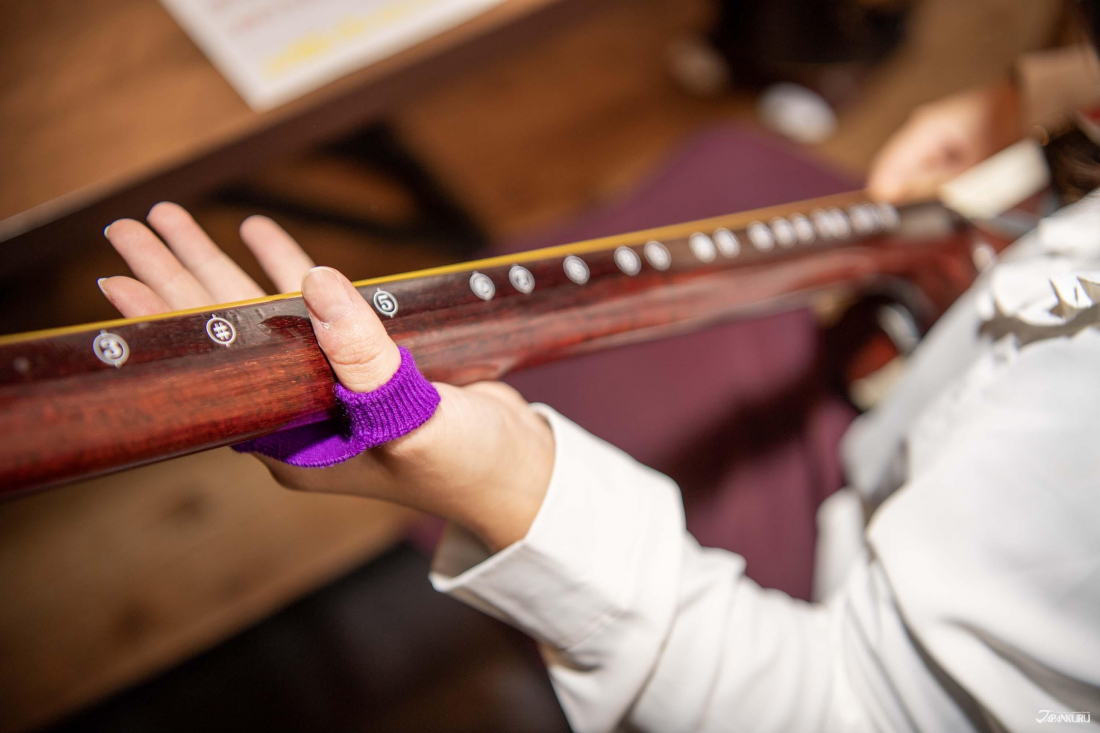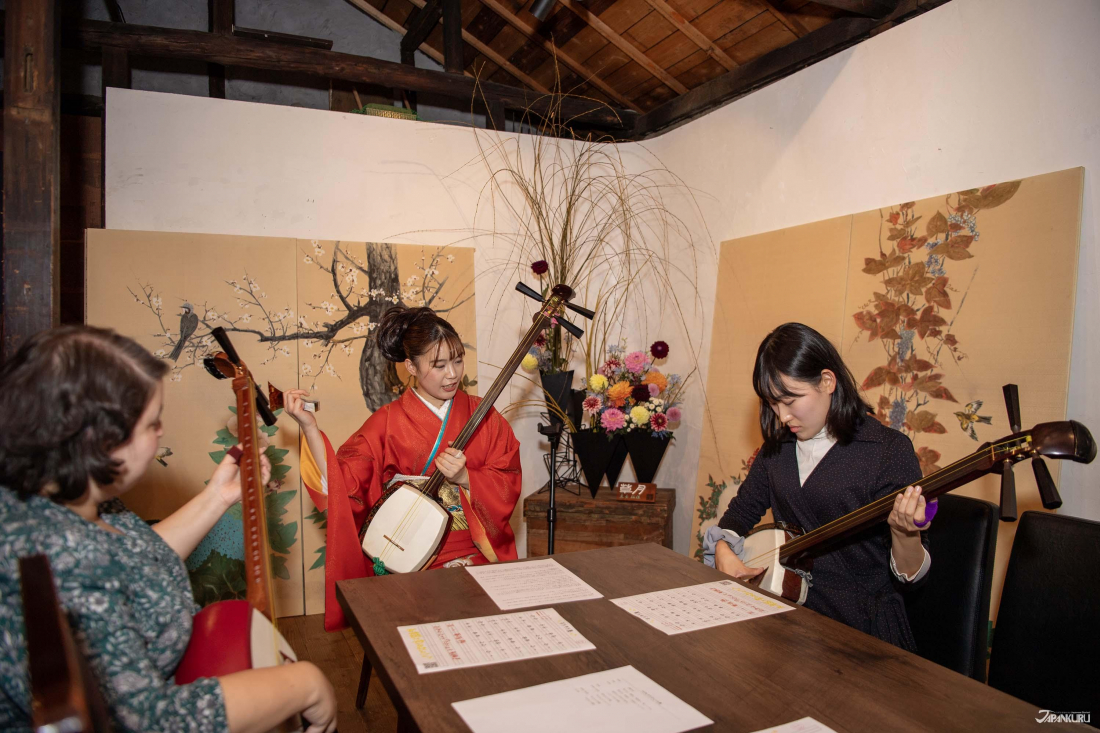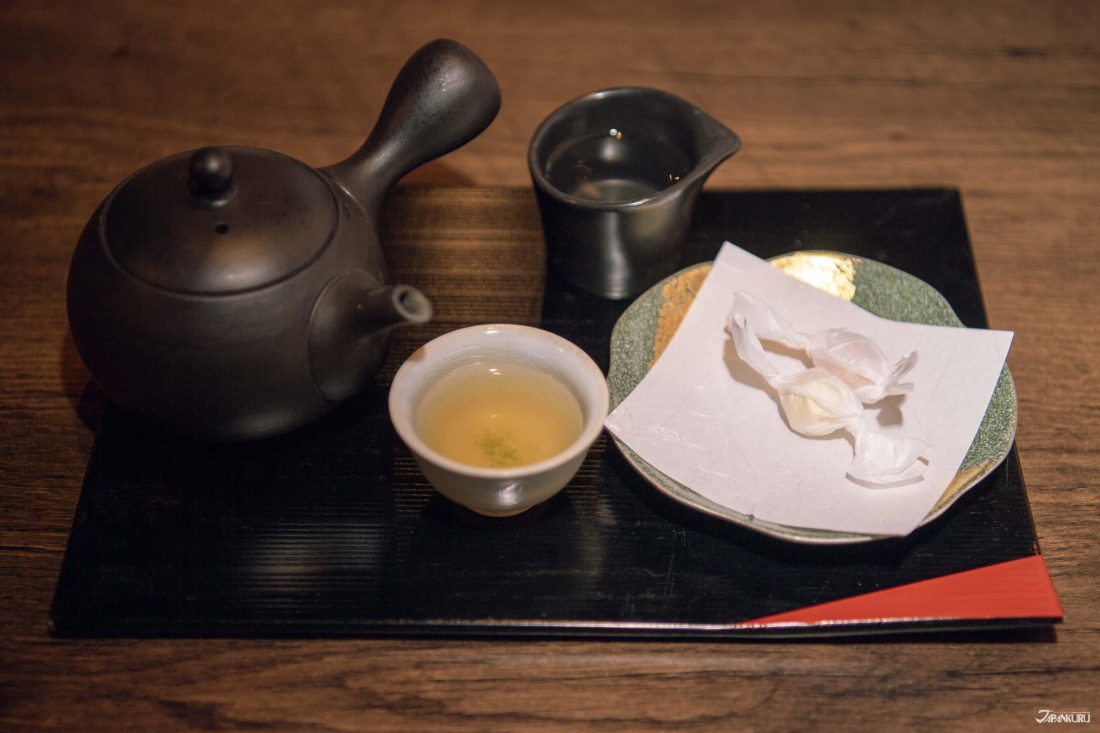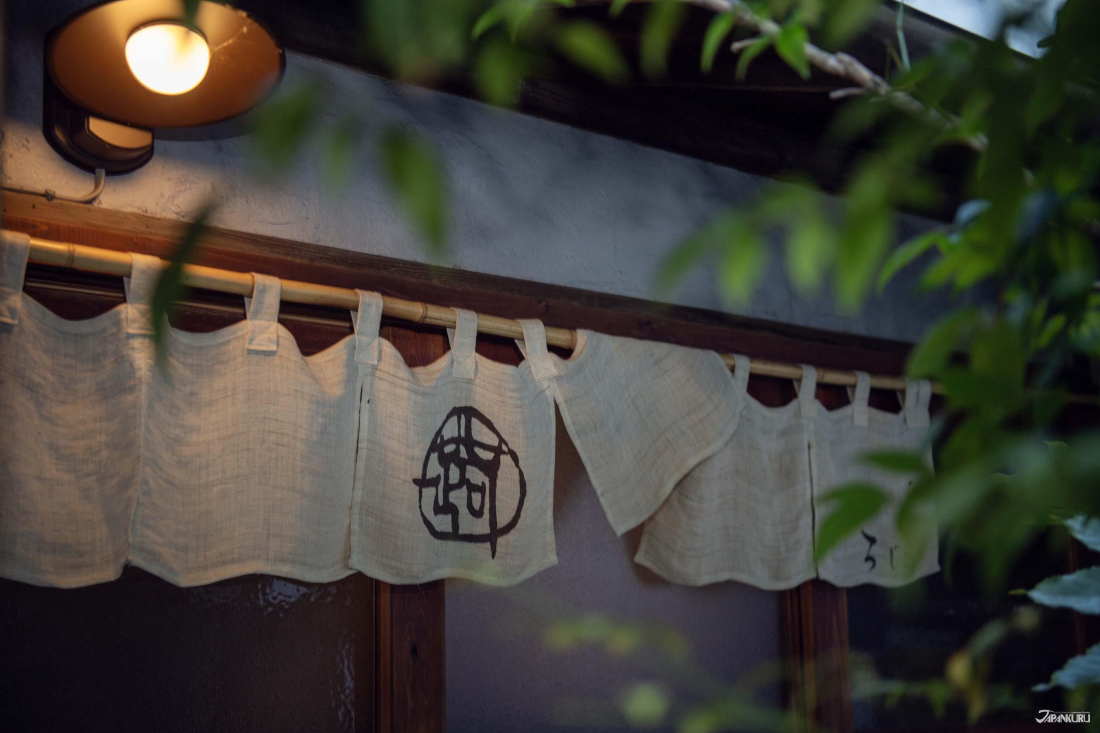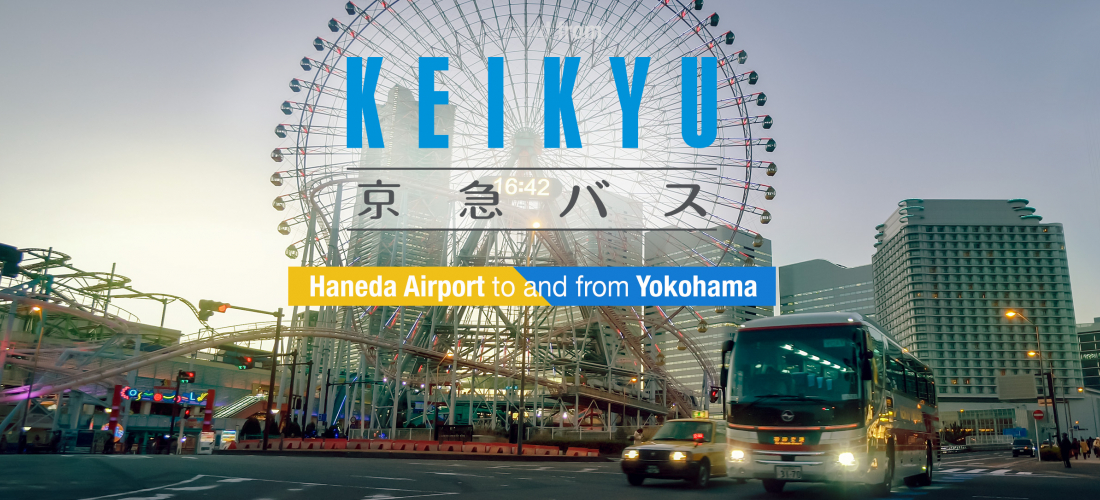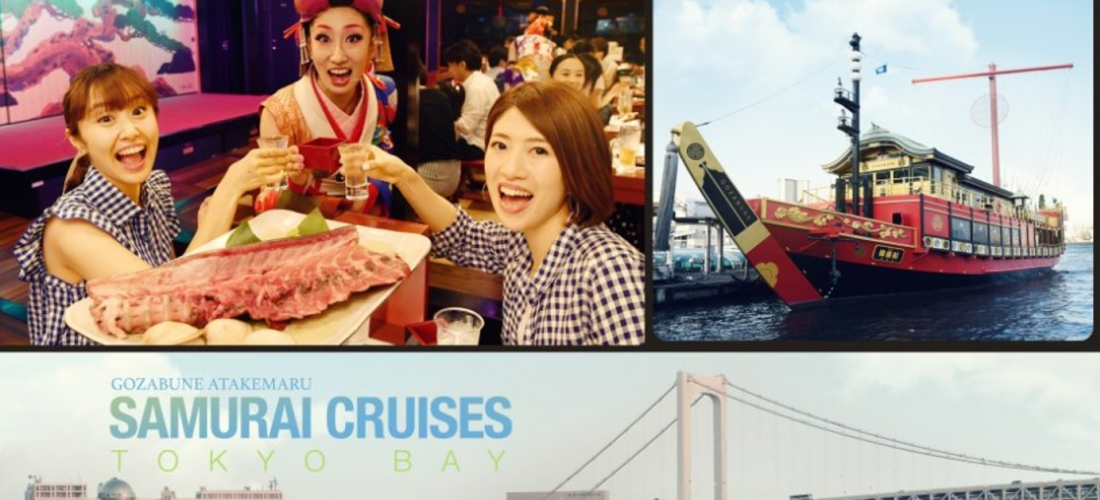
CONTENTS
This cafe and workshop space down an alley in Kitasenju is just 20 minutes from Asakusa, but it feels far from the busy streets of Tokyo. Stop in for a quiet cup of green tea, or a chance to learn traditional Japanese music, calligraphy, and more!
Experience the Real Tokyo at Rojicoya
With tourists pouring back into Japan post-pandemic, popular destinations are once again crowded with travelers hoping to glimpse just a little bit of traditional Japan and Japanese culture. Asakusa is busy day and night with visitors from around the world, dressing up in kimono to tour temples, or setting out on rickshaw rides. There's something exhilirating about joining a crowd of people who are all excited to experience the best Japan has to offer, but when squeezing through the crowds turns exhausting, and parts of the area start to seem a little too "touristy," it's time to leave Asakusa and hop on the train. Just 20 minutes from Asakusa is another spot where travelers can experience traditional Japanese culture, from the best green tea to the elegant tones of traditional Japanese music. Tucked away in the narrow alleys next to Kitasenju Station, Rojicoya is a little oasis of Japanese culture in the big city of Tokyo, so the Japankuru team decided to head over and see what they have to offer.
Tokyo’s Kitasenju Neighborhood
Kitasenju is 20 minutes or less from popular Tokyo spots like Ueno, Tokyo Skytree, Tokyo Station, and of course Asakusa, but the second you leave the station you can feel a friendly local atmosphere that's so rare to find in this bustling city. With streets that look straight out of a slice of life anime, Kitasenju doesn't have many major tourist attractions, but the neighborhood is full of little izakaya favored by locals, bathhouses beloved by multiple generations, and occasionally, traditional Japanese houses with old architecture still preserved amongst the shops and apartment buildings. In one of those, Rojicoya has taken over the beautiful space to offer guests a chance to experience Japanese tradition.
Traditional Japanese Culture at Rojicoya
Just a few minutes on foot from Kitasenju Station, Rojicoya is located inside a house built almost a century in the past, and you can feel the traditional atmosphere wash over you the moment you slip off your shoes and step up onto the smooth wooden floors of the main room. But the current operations are a newer project started by Yoshika Yonemoto, a former nurse with a deep love for traditional Japanese culture. As a nurse Yonemoto heard her patients expressing regrets, and when her children were very young, she decided that she wanted them to have a real understanding of their own traditions, so that they could feel rooted Japanese culture and have something to share with others around the world in the future. Yonemoto searched out real experts in their fields to teach her kids, and when others expressed interest in joining in, she realized there was real demand for access to these expert teachers, who often feel so far out of reach. Yoshika Yonemoto set out to share real Japanese culture with anyone who expressed an interest, and these days Rojicoya aims to offer the most authentic workshops possible to students of all kinds, including both Kitasenju locals and temporary visitors from all over the world.
It's easy to think that cultural classes taught by experts are only available via specialist institutions or rare connections, and only if you live in Japan long-term, but the classes and workshops at Rojicoya are accessible even for short-term tourists with an interest in Japanese culture. Classes are only taught by professionals in their field, and options are ever-expanding! Current classes include ikebana (flower arranging), samurai swordsmanship, calligraphy, and traditional Japanese instruments, and Yonemoto has ideas for even more in the future. With so many intriguing options, the Japankuru team had a hard time deciding which workshops to check out, but in the end we decided to try our hands at Japan's traditional musical instruments.
Rojicoya (路地裏寺子屋)
36-1 Senjuasahicho, Adachi City, Tokyo
Hours: hours vary from day to day, and workshops require reservations, so check the official calendar for details
Cafe Hours: 11:00 – 17:00 (Sundays only)
Official Website (en)
Shamisen and Koto Lessons From the Experts
The shamisen produces one of the most iconic sounds in traditional Japanese music, but it actually has roots in Chinese court music, and made its way into Japanese culture via the southern islands of Okinawa before it spread across Japan under the name "shamisen." The style of shamisen taught at Rojicoya is called "Tsugaru shamisen," and it originally comes from Aomori Prefecture, in the snowy northern reaches of Japan. Loud, cheerful, and especially percussive, the Tsugaru shamisen style originates from olden-day musicians who essentially earned their living through busking, and developed the especially strong shamisen style in order to be heard by people inside their houses, even when heavy snow dampened the sound.
Rojicoya's Tsugaru shamisen teacher is the professional shamisen expert Mayu Sugai, the youngest musician to rank 1st in Japan's National Tsugaru Shamisen Competition, and her shamisen lessons include a little bit of shamisen history, a little bit of demonstration, and a lot of hands-on time with the instrument. As a professional shamisen player, Sugai's performances look effortless, but she patiently helps new students find their way when struggling with the new instrument, so that everyone can finish the lesson by playing a song on their own. (The Japankuru team learned Twinkle, Twinkle Little Star!) Shamisen lesson might seem hard, but in just one session, you'll learn how to hold the instrument, how to pluck and push at the strings with the plectrum (like a huge guitar pick) called a "bachi" in Japanese, and even how to read simple shamisen music and play an easy song! Then again, if you want to see the difference between the most basic shamisen playing (what students learn) and what a real professional is capable of, Sugai might just accept a shamisen request or two!
▶︎ Rojicoya Shamisen Workshop
Upcoming Dates: Dec. 28, 2023 / Jan. 25, 2024 (find future dates on the official calendar)
Fee: 11,000 yen (including instrument rental and refreshments)
Time Required: approximately 1 hour
Reservation Page
Whether you've seen the long body of a koto before or not, the glimmering sound of this large stringed instrument will call to mind movie soundtracks set in Japan and around Asia, and at Rojicoya you can make it the soundtrack to your trip to Japan as well. Although it seems like the koto simply requires the player to pluck a few strings to make beautiful music, the reality is that (like every instrument) there are layers of skills and technique, and a skilled player's second hand is often busy adjusting the tension on each string as they go, shifting the many bridges or pushing down on the strings for a different sound.
Aoi Uyama, a graduate of Tokyo's University of the Arts and professional koto player, kneels in front of her koto to demonstrate and teach students at Rojicoya the history and techniques of the instrument, although like shamisen, this beginner lesson focuses on the basics. A koto has 13 strings, which can be modulated in any number of ways to achieve different sounds, but we learned to play our first song with just a few of the strings, and we all plucked away at our own practice kotos in order to perfect the simple melody by the end of the lesson. Sure, we were just learning how to play Twinkle, Twinkle Little Star again, but just by playing a song on the majestic koto, we all felt as elegant as court musicians from Japan's Heian period (784-1185).
▶︎ Rojicoya Koto Experience
Upcoming Dates: TBD (find future dates on the official calendar)
Time Required: approximately 1 hour
Samurai Culture, Calligraphy, and Other Workshops
On our visit to Rojicoya, the Japankuru team focused on learning traditional Japanese instruments, but Rojicoya's calendar is full of a variety of classes every month, so you can check to see what upcoming workshops and events might appeal to you (and fit in your shedule). Lessons conducted entirely in Japanese are marked with a JP, but others are offered entirely in English, so you don't have to speak Japanese to understand the finer points of the lesson. Calligraphy is a great one to try whether you can speak Japanese or not, but their rakugo (落語) events are focused on traditional Japanese comedic storytelling, which can be hard to enjoy if you don't speak Japanese!
According to Yonemoto, Rojicoya's "Bushido Samurai Experience" is probably their most popular traditional cultural workshop, thanks to the charismatic sword expert who teaches students how to handle a sword, swing it in a perfect cutting arc, and of course, how to embody the spirit of bushido. Students also get to dress up in kimono, for a little extra fun!
Green Tea Cafe Time on Sundays
In addition to a schedule packed with traditional classes and workshops, Rojicoya also opens the beautiful main room of their traditional old house to the public every Sunday as a Japanese green tea cafe. The menu includes a whole selection of different green teas, each with its own flavor profile to help you choose, and grown in some of Japan's most famous tea-farming regions (like Shizuoka and Fukuoka.) Perhaps the crowning jewel of Rojicoya's tea menu is their gyokuro tea, a green tea grown while specially covering the leaves to keep them from developing any astringency. The resulting drink is sometimes called "the espresso of tea," and it has a uniquely savory and full-bodied taste that somehow feels like the flavor of a dappled green forest canopy. Gyokuro leaves are often added to green tea blends with more common varieties, but according to Rojicoya's tea experts, this might be one of the only places in Tokyo where you can drink it pure! Of course, plain green tea isn't the only thing on the menu, there's also frothy matcha, and a few varieties of oolong or herbal tea from China too. To go with all the tea, they have a few sweets that toe the line between traditional and innovative. Try their sake ice cream, or order a dorayaki filled with cream cheese, honey, and cinnamon! Rojicoya's "kominka cafe" (cafe in a traditional Japanese house) is the perfect place to relax with a cup of tea and enjoy traditional Tokyo on a Sunday afternoon.
If you come to Rojicoya for a workshop, you also get a cup of tea and a chance to chat with your teacher after the lesson!
Rojicoya, the Heart of the Senju Art Village
Seen for so long as just another chunk of the urban landscape in the vast city of Tokyo, Kitasenju has seen a rush of new innovation and culture in recent years, with local projects aiming to bring life back to old abandoned buildings and bring people back to the area. By turning a lovely old house into a center for Japanese culture and international exchange, Rojicoya is now at the heart of a new "Senju Art Village" growing up all around it, where young creatives can find their platform, and everyone from locals to international travelers can find a wide range of art and culture. Tokyo has a lot to offer, but if you're looking for somewhere new that's a little off the beaten path (but still easily accessible), take a trip down the alleys of Kitasenju, and experience authentic Japanese culture at Rojicoya!
For more info and updates from Japan, check Japankuru for new articles, and don't forget to follow us on X (Twitter), Instagram, and Facebook!
PROFILE
Follow us @Japankuru on Facebook, Instagram, and Twitter!
COMMENT
FEATURED MEDIA
VIEW MORE
・Accommodations for Odaiba Sightseers: Mitsui Garden Hotel Toyosu PREMIER ・住宿推薦 三井花園飯店 豐洲普米爾 ・오다이바 관광 맞춤 숙소: 미츠이 가든 호텔 토요스 프리미어 ・ค้างคืนที่ Mitsui Garden Hotel Toyosu Premier โรงแรมสำหรับผู้มาเยือน Odaiba #japankuru #odaiba #tokyo #tokyotrip #japantrip #japantravel #mitsuigardenhotel #mitsuigardenhoteltoyosupremier #tokyohotel #odaibahotel #toyosu #tokyoview #tokyobay #rainbowbridge #미츠이가든호텔토요스프리미어 #오다이바 #오다이바맛집 #오다이바건담 #오다이바해변공원 #오다이바야경 #오다이바온천

Nagano Prefecture is famous for delicious soba noodles, and in the city of Ueda, you can learn from the experts! Local aunties run this cooking class, teaching you everything you need to know to make your own delicious plate of soba noodles entirely from scratch. #japankuru #soba #sobanoodles #japanesefood #travelexperience #japan #japantrip #ueda #nagano #japaneseculture #japanexperience #daytrip #daytour #cookingclass #japanesecookingclass #上田市 #そば作り #소바체험 #우에다시 #나가노여행 #일본소바

Kuramae Shrine is known for its early-blooming cherry blossoms and its gorgeous golden mimosa blooms, making it a great sakura spot for travelers arriving in Tokyo a little early for the main cherry blossom season. It’s also tucked away in a neighborhood packed with trendy cafes and coffee shops. Kuramae is a lovely place to spend the day. 🌸☕️ ・ #japankuru #kuramaeshrine #kuramae #tokyo #tokyotrip #cherryblossom #cherryblossoms #mimosa #tokyocherry #花見 #蔵前神社 #ミモザ #桜 #東京 #Japan #日本 #일본 #Japon #ญี่ปุ่น #Japão #Japón #япония #japantravel #日本旅行 #日本旅遊 #일본여행 #japan_of_insta #japantrip #traveljapan

Local Japanese Favorites at the Okinawa Don Quijote ② Ohta’s Isan, the digestive aid of the Japanese people ・ ・ 2024唐吉訶德不可不知的好物推薦② 日本國民消化小幫手:太田胃散 ・ ・ 오키나와 돈키호테 숨은 꿀템2. 일본 국민 소화제! 오타이산 #japankuru #okinawa #donki #沖縄 #오키나와 #오키나와여행 #오키나와돈키호테 #일본쇼핑리스트 #오타이산 #일본소화제 #太田胃酸 #ohtasisan

Happy Valentine's Day from the Japankuru team! May your day be full of sweet chocolates and sweet nothings. 💕 Or, if you're like a rising number of women in Japan, take the opportunity to treat yourself! 🍫💝💆 • Find out more at Japankuru.com! (Link in bio.) • #japankuru #valentinesday #valentineschocolate #japanesechocolate #japaneseculture #バレンタイン #バレンタインチョコ #メリーチョコレート #Japan #日本 #일본 #Japon #ญี่ปุ่น #Japão #япония #japantravel #日本旅行 #日本旅遊 #일본여행 #japan_of_insta #japantrip #traveljapan #japan🇯🇵 #japanlife #igerstokyo #explorejapan #japanfocus #enjoyjapan #japantravelphoto

Japankuru Coupon: BEAMS fashion, accessories, lifestyle goods, and more! BEAMS 5% Discount Coupon ▶︎ Validity Dates: February 1 ~ February 29, 2024 ▶︎ Discount: 5% off all products in-store ▶︎ Usable At: BEAMS stores throughout Japan (all stores except BEAMS JAPAN Izumo and BEAMS JAPAN Nikko) ▶︎ Details: Please present this coupon page before payment to receive your discount! This coupon is also valid in combination with tax-free discounts/refunds for foreign tourists. (Tax-free shopping is only available at some BEAMS locations.) Some products may not be eligible for discount. ・ ・ ・ BEAMS - JAPANKURU優惠折扣券 BEAMS 2024年2月限定特別優惠券 店內全部商品95折 ▶︎使用期間:2024/2/1到2024/2/29 ▶︎使用範圍:日本全國店舖 ▶︎使用方法:結帳時請務必事先向店員出示本優惠券,若未出示本優惠券恕無法享有本優惠。本優惠券可搭配免稅優惠一併使用,但不排除特定門市無法使用本優惠券。此外,不排除特定商品不適用本優惠券。 ・ ・ ・ 「빔즈(BEAMS) x 재팬쿠루(JAPANKURU)」스페셜 할인 쿠폰 빔즈(BEAMS) 5% 할인 쿠폰 ▶유효기간: 2024년 2월 1일 ~ 2월 29일(한 달 동안) ▶︎할인율: 매장 내 전 상품 “5% 할인" ▶︎해당 매장: 일본 전국 빔즈 (BEAMS) 매장 (BEAMS JAPAN이즈모、BEAMS JAPAN닛코는 쿠폰 할인 대상 제외 점포입니다) ▶︎상세 내용: 결제 전 본 쿠폰 페이지를 제시하면 정가대비 5% 할인된 금액에 구매하실 수 있습니다! 본 쿠폰은 외국인 관광객들을 대상으로 하고 있으므로 면세 혜택(빔즈 일부 매장)과 별도로 추가 할인이 가능합니다. (일부 매장 및 제품은 대상에서 제외될 수 있습니다.) #japankuru #beams #beamsjapan #beamsginza #coupon #재팬쿠루 #빔즈재팬 #빔즈 #일본여행 #일본쇼핑 #일본쇼핑리스트 #銀座 #東京 #tokyoshopping #japankurucoupon

